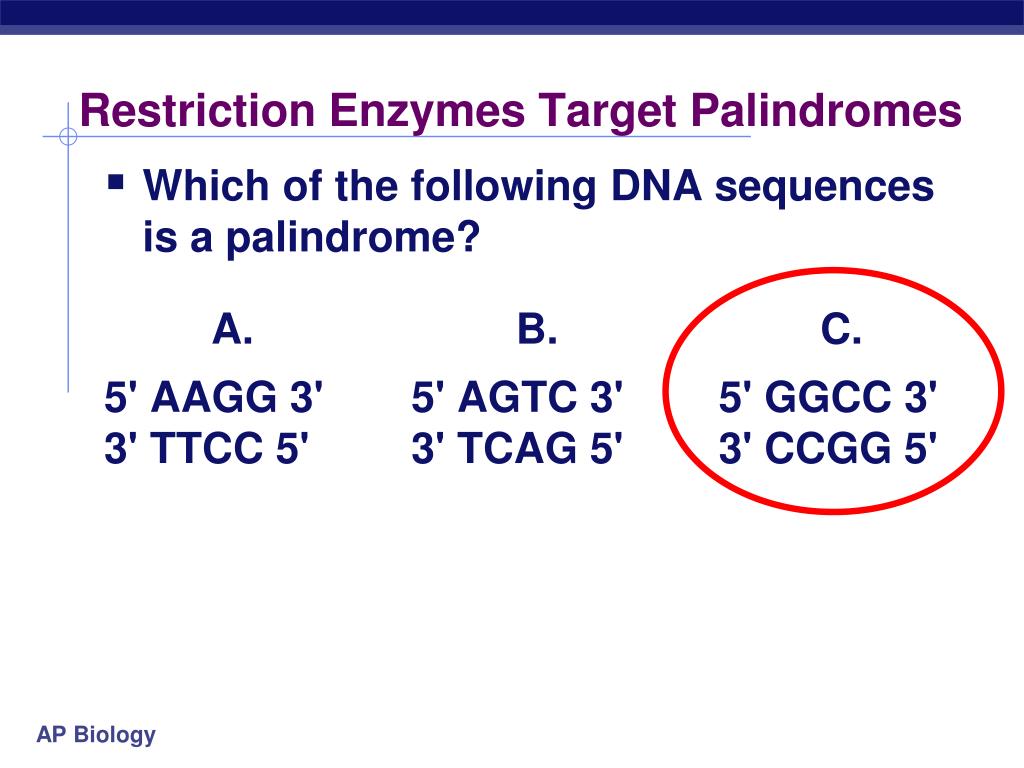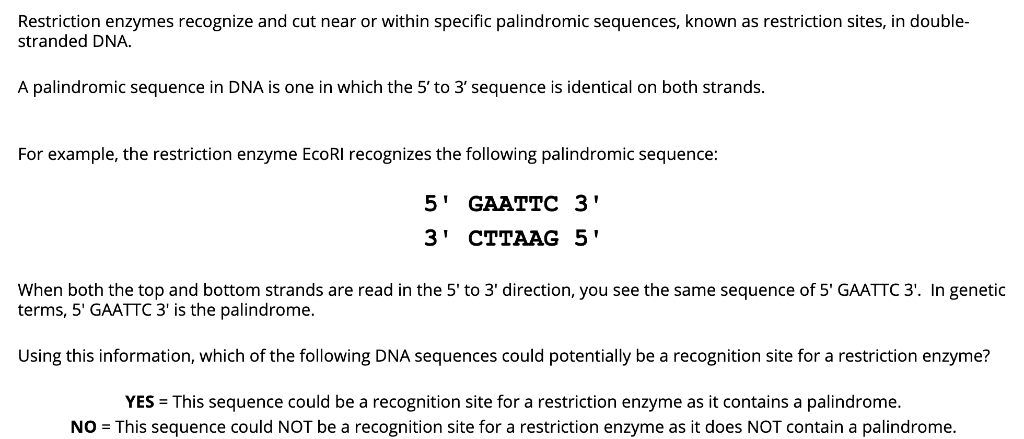

When more than one nucleotide is possible at a particular position in the recognition site of a restriction enzyme (ambiguity of recognition).Īn increased or decreased probability of encountering a particular dinucleotide (or trinucleotide) sequence in a genome, used to predict the expected cut frequency of a restriction enzyme.Īn enzyme that cleaves single- or double-stranded DNA at interior positions. dcm methylation may prevent cleavage by some restriction enzymes. Methylation at the C 5 position of the internal cytosine in the sequence CCAGG or CCTGG by dcm methylase, an enzyme found in most laboratory strains of E. dam methylation may prevent cleavage by some restriction enzymes. Methylation at the N 6 position of adenine in the sequence GATC by dam methylase, an enzyme found in most laboratory strains of E. DNA is cut with a restriction enzyme, ligated with T4 DNA Ligase and recut with the enzyme to demonstrate the integrity of the restriction fragment ends.

Two or more of the same linear DNA molecule covalently linked end-to-end.Ī restriction enzyme quality control assay for exonuclease and phosphatase contamination. The specific double-stranded DNA sequence recognized by a restriction enzyme (same as recognition sequence ). Promega's BSA has been acetylated to ensure that it contains no interfering activities. This assay mimics a cloning experiment and is able to detect the loss of a single nucleotide from the end of a linearized plasmid.īovine Serum Albumin (BSA) is used as a carrier and stabilizing protein in restriction enzyme digests. When more than one nucleotide is possible at a particular position in the recognition site of a restriction enzyme (degeneracy).Īn interrupted, nonpalindromic recognition sequence.Ī restriction enzyme quality control assay developed at Promega to ensure the lowest possible incidence of false positives in cloning experiments. S-adenosylmethionine, the methyl donor used by DNA methylases.ĭouble-stranded DNA containing the recognition site of a Type IIe restriction enzyme that activates cleavage of slow and resistant sites by binding to a distal, noncatalytic site on the enzyme.


 0 kommentar(er)
0 kommentar(er)
